-
Content count
712 -
Joined
-
Last visited
Posts posted by Yamma-Fox
-
-
LOW VOLTAGE ALARM:
Since the RX-1 ECU needs a power source to keep the engine running, I put in a low voltage alarm in to warn me of any battery / charging problems.
The low voltage alarm has two leds, green when above threshold, red with loud alarm when below. Threshold can be set to any value with a smal pot adjuster.
I put it and a voltmeter into a 2" round instrument hole and set the alarm to 11.5v
All for only $5
As far as buying a motor, I have always thought that getting the whole sled is best. That opinion is strongly biased since I live in snow country with sleds for sale all around me. Here are my 3 thoughts for buying an entire sled:
1. You can give the motor a little run time, pre-tune it, and make sure it isn't about to throw a rod or something.
2. You'll have the following extra components:
Airbox, oil tank, oil lines, thermostat housing, coolant overflow, coolant hoses, exhaust flanges (flex type), wire harness, ECU, voltage regulator, fuel pumps, starter solenoid, and a few others that I'm forgetting here and will edit in later.
Some of that stuff you will use, some you will not. But it is really nice to have a pile of options to work off of and modify to work.
And 3, you will have a reference on how all the little things are set up and routed (like carb heat lines, oil lines, ect) Hopefully this build thread will detail all of that as I go, but there have been times where it has been nice for me to run out to my RX-1 snowmo and peek under the hood as the "cheat sheet"!
But there is a ton of work parting out a sled! So if the right deal came up on a motor, you'd just want to make sure you plan some $ to ebay up any missing components that you might need. And that is a great thing about the Yamaha: parts are plentiful and cheap!
-
Welcome Mark (neflyer15)!
On behalf of the entire group I'd like add a big thanks to you for stepping up and taking on this endeavor.
Supporting the machines we all love will be a challenge for certain. We are all greatful for your effort. We will all be here to support you in return. And we wish the best for you!
But I'm sure you know that I am not speaking alone when you read again the comments from others:
4 people like this -
Oh and for your destructive testing, in the lake amphibian the sponsons were under the most stress in side load (while skidding a high speed turn where they could catch a side edge). They only "sank" when going really slow or while sitting still when wind grabbed the underside of the opposite wing. Once you get the speed up above 20 mph you had enough aileron to keep em up and also they were skipping along fast enough where it wasn't likely that you could dip one.
Bracing for side load will be something I'd look into carefully if I were mounting them up.
-
Let an Bing expert shoot me down here, but I've raised needles a little extra by adding an extra nylon washer under the needle clip (in a Mikuni).
-
Still sounds like the needle range. Do you have another needle slot to go?
1 person likes this -
-
Just seems like they'd be up too high?
I have a lot of lake amphibian time, and while taxiing or sittting still you are always resting on one sponson. If the other wing is too high then the wind can get under it too much and bury the downwind sponson.
Id say when resting on one sponson, you would want the other one about 16"-20" out of the water, and maybe less if you are inboard like that.
-
I'm so glad I don't have to deal with snow. We were in the upper 40's the last 2 nights and that's cold to me .
Come on up someday and ski fly off of the 30,000+ water areas (many remote with nothing but deer and moose as habitants) and you might see snow in a new light!
1 person likes this -
If you just route your vent line at a careful angle across the tank (from the vent inlet down to the fuel hose outlet) it will serve as a sight guage on one wing as well. You'll just need to "swag" estimate the fuel level depending on wing angle when the wing is not perfectly level.
Either way, you'll know you are getting low if the fuel level in the vent line approaches the fuel hose outlet and could make some calibration marks for the last few gallons at a preset wing angle (like cruise flight and another set of marks when sitting on tailwheel).
-
Yeah a little bit of a pita to do that... but I'm sure no one here brought it up because we're worried about you making a reasonable calculated risk and flying around with it.
It's because of your co-pilot.
 1 person likes this
1 person likes this -
I remembered to get the pictures of my MK IV elevator stop today after I came back from an evening flight. Not exactly what Avid recommended (where is that info Doug?) but it works fine and was easy to do. Last picture is with the stick all the way forward, and the elevator control rod doesn't touch the cross tube. JImChuk
2 people like this -
I really think it looks sweet! But I think if it were mine I'd probably chicken out a little and take about 10" total stance (4 to 6" per side) out.
It is hard to get a good feel for it just looking at the pics, but it seems like narrowing it would reduce leverage and twist potential in all directions.... making it more stout.
-
Well... ya took the vertical load off the seat truss!
Wonder if it'd handle fore and aft though?
SuperStol inspired?
-
Thanks guys!
I also found this summer's post with lots of good info on this topic.
-
Thanks Ed. Yes my plastic header tank outlet is about 2 inches up from the bottom. I Assume that there is NOT a bottom feeding pickup hose and weight in there.
1 person likes this -
I had to land in a neighbor's field because of fuel filters between the header tank and wing tank. I won't use them there anymore. No doubt, you have screens in your fuel outlets on the tanks. That will take care of the big stuff. The header tank should take care of the rest, but in my case, I run a filter after the header tank just in case. I see no point in having a second gascolator, with the header tank acting as one. JImChuk
Thanks Jim. That is where I was going, straight lines to header, remove firewall gascolator, fine filter just before carbs with the fuel pressure guage tapped in between fine filter and carbs (showing any flow problems through filter on the panel readout).
Anyone disagree with this plan?
Little out of my area of expertise on this one.
Thanks!
-
Ok. Redoing all the fuel lines, vent lines, filters.
The prev owner was running fram G2 clear plastic filters on the run from the wing tank to the header tank. At first look I liked that idea to keep an eye on any junk and keep the rest of the system downline clear.
But at second thought I wondered if I were to get a big enough slug of water in the wing tanks, would that possibly quickly clog up those filters and cause a problem? If so wouldn't it be better to let any water go into the header and sit in the bottom? (where there is a large area for water collection below the pickup line)
Is there a general consensus on using filters in the line between the wing and header tank?
Question 2: is a gascolator required? I would like to bypass it and use clear filters instead. It just seems redundant since the header tank drain point is the low point in the system, and I'll have filters in other locations. I aslo do not like the drain point in the engine compartment. I've had em seep in other planes and never liked the idea of fuel dripping that near the muffler!
-
RX-1 IGNITION :
Been waiting for the mount to come back from the welder, so I've been digging into other things on the plane.
One is wiring ignition power to the ECU. There is a single wire for that and I believe it is the only power source to the ecu, making it critical to keeping the engine running.
I decided to power it from two sources, each switched and CB protected. One source will come directly off of the engine magneto (alternator coil), prior to the main fuse for the charging system. The other power source will come from hot battery direct. I will put a surge protector on the magneto side in case the engine's voltage regulator were to fail.
I will also will diode protect each power source to prevent backfeed if I get down to one source (example that if the magneto were to fail I would want to switch the master off to conserve the battery, but would not want my panel being fed backwards through my ignition hot battery wire).
So that is my plan. Any electrical engineers out there (or just people smarter than me!) please speak up if you see me going wrong!
-
Yep, those subarus are something! The only one of the 16 I blew the motor on was an old undermaintained 1978 1600cc. It was my fault and not the cars

-
I had the same thoughts guys, and have had 16 subaru cars in the family with millions of low maintenance miles on them. But here's what I came to:
Subaru car runs avg 2800 rpm and what maybe 60ish hp avg cruising along at highway speeds. The Subaru in airplane works much harder for sure, and is typically modded up for more hp, which I find troubling.
The yamaha on the other hand runs 10,300 rpm in a snowmobile and the R1 motorcycle that the engine was born from raps out 15,000! Stock HP is 140, but sled guys run turbos in the 200+ HP range with very reliable results. It therefore, conversely to the subaru, is running detuned in the airplane (which I find comforting) at about 9200 rpm and is internally geared at 1.19 to an output shaft rpm of 7700 and 125-130 hp.
The snowmobile guys have reported it very reliable with many machines over 30,000 miles (approx 1000 hrs at an avg speed about 30-35 mph) and mote than one example with over 100,000 miles. That can be contrasted to the generally accepted rebuild time for a 2 stroke snowmobile in the 6,000-9,000 mile timeframe.
Is the RX-1 perfect in the snowmobile? NO. Do they break down or fail in the snowmobile? Rarely, but yes. But so would some Subarus that were modded up for more hp by shaving heads and changing cams (as I understand my 118hp NSI e-81 was). Especially if that modded subaru car was pushed for near max hp for 10 min straight like it often is during takeoff and climb in an airplane. Yes, sooby lovers, they do do well in airplanes, but they are not perfect either!
So along those lines of thought I found more comfort in the Yamaha over a Subaru (detune vs. "uptune"). The big question then was how about yamaha over rotax (912/914).
To that I entirely concede that a 80 or 100 hp rotax has an outstanding reliability factor, with decades of data to back it up. Problem for me is that I want to run a continuous 100 hp, with 130 available to get off the water and over the hill on the other side of the lake. Rotax wouldn't do that unless I did a zipper type kit. But a zipper kit strips the top half off that ultra reliable rotax and replaces it with aftermarket parts... and again we are trying to get MORE out of an engine than it was designed for, instead of detuning from it's design. That (zipper) was going in the wrong direction for my taste, and also way out of budget.
So then along comes Steve Henry. The first big name to run the RX-1 in a fixed wing plane, tune it correctly, push it hard, and prove it out. Teal's kit had been out for a few years (run mostly in gyros) and the motor and c gearbox proved to hold up well, then Steve proved it for us airplane guys and worked out some important details along the way.
With steves plane (now sold) at over 700 hours, a couple of other yamahas in that 500-900 hour range, and 20 or 30 other skytrax conversions along with approcimately 100 other Yamahas out flying, so far we have no reports of engine failures and only two reported significant malfunctions, both in the rotax c gearbox due to improper assembly on one and the pinion shaft bolt coming loose on the other. In both cases, the gearboxes held up for some time before the problem was noticed and the pilot did not suffer power loss.
So the track record in the air has been very very good so far.
Anyhoo, with that background on Teal's Skytrax kit, along with my experience with my RX-1 snowmobile, I decided to move ahead with this project. And as with any single example of a particular plane and engine, only time (and some luck) will tell if I made a good choice

.
3 people like this -
I'm not sure what it'll weigh in at.... As I remember, some installs come in around 170-180 with everything. Mine will be more than that though with a heavier mount and accessories. I hope it weighs in 25 to 35 lbs less than the subaru did (NSI paperwork puts the fwf subaru at 225lb). Will report numbers down the road when all my stuff is in there.
-
You had a pin that exact size in your hardware! Wow man!
I'd fly it like that, but my "imo" aint worth much.. lets hear some sage advice from guys like Jim, Ed, and others.
The washer stop would give me more pause, since it could bend and get jammed in there. But that is so dang unlikely.
-
There's at least 3 guys here that have subaru parts for sale, so id bet you'll find your part.
Mine is a NSI subaru that I am looking to sell to a NSI guy that wants a complete engine as a parts wagon!
-
Good idea. Thanks for checking it over!
Yes and as I was talking with a buddy here today, I think I will get it back from the welder, mount up the motor and fit all the accessories (airbox, oil tank, coolant system, ect). Then I'll mark off where I can add in some extra tube. In studying other examples it looks like I should be doing exactly what you suggest, essentially running two braces from every firewall mount location, making a triangle of support from each.
1 person likes this

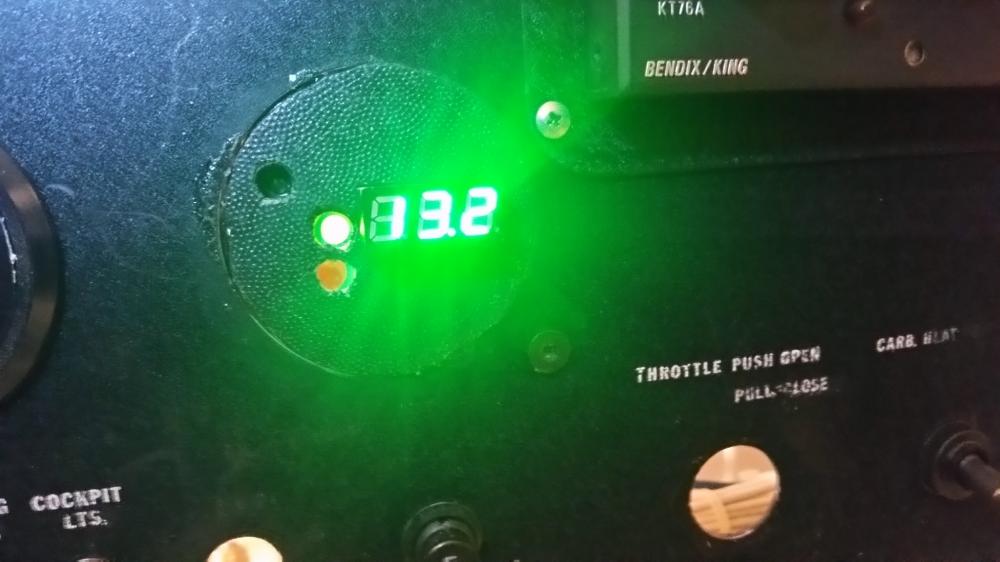


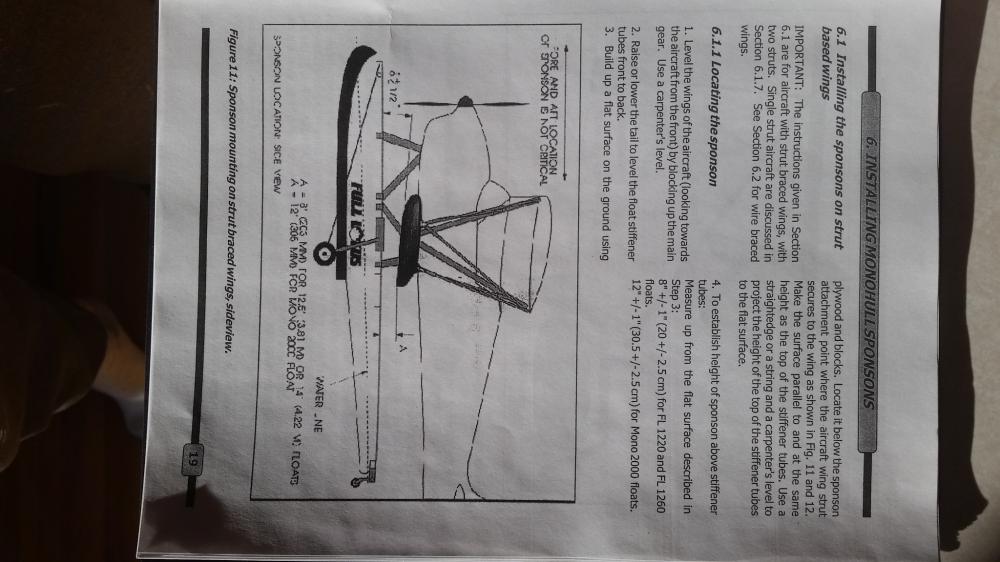
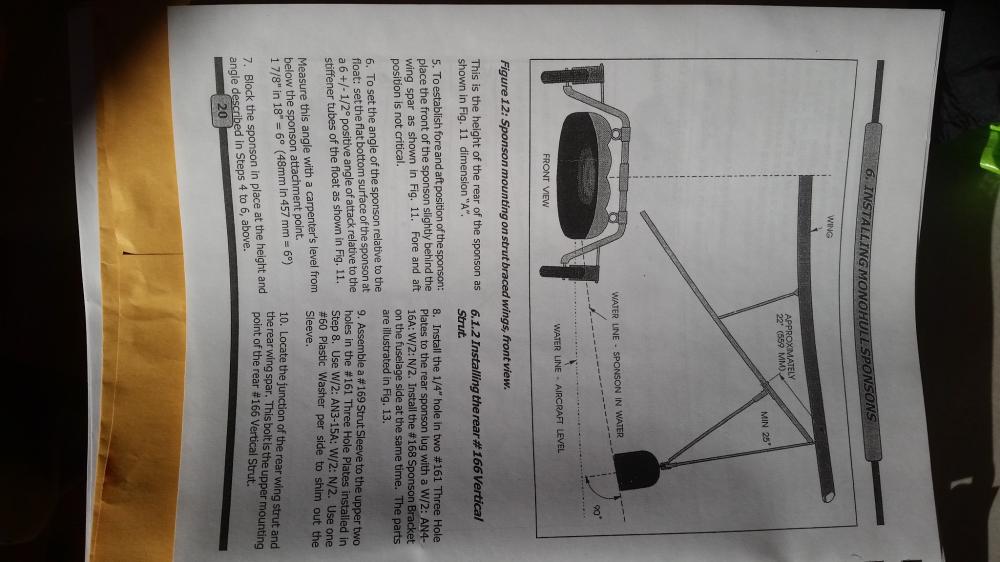

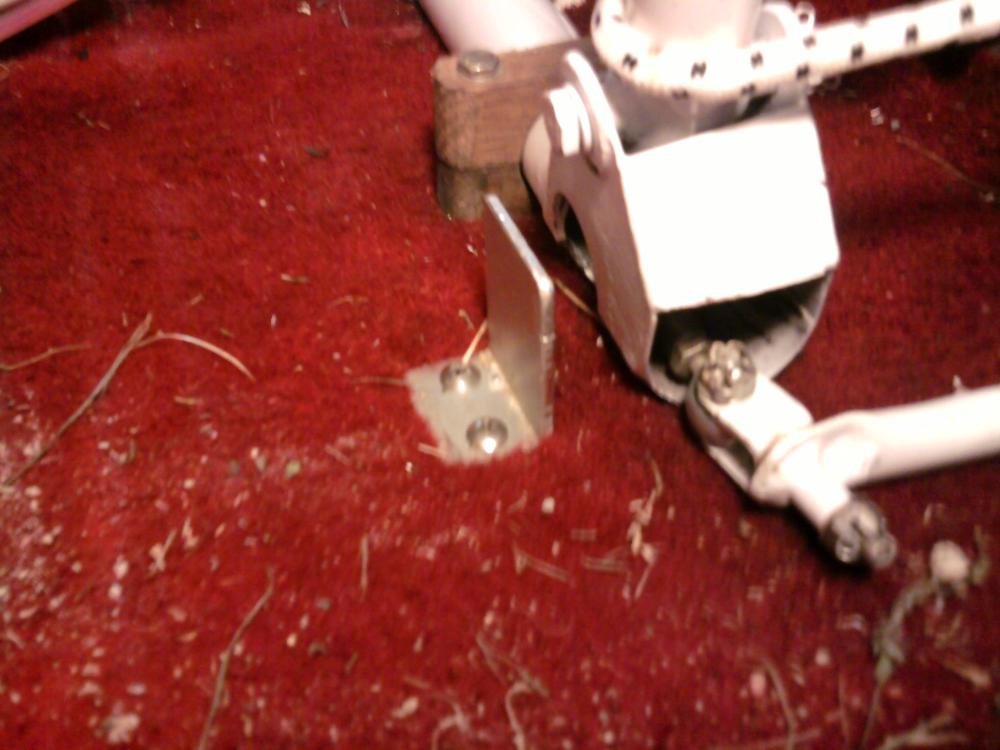
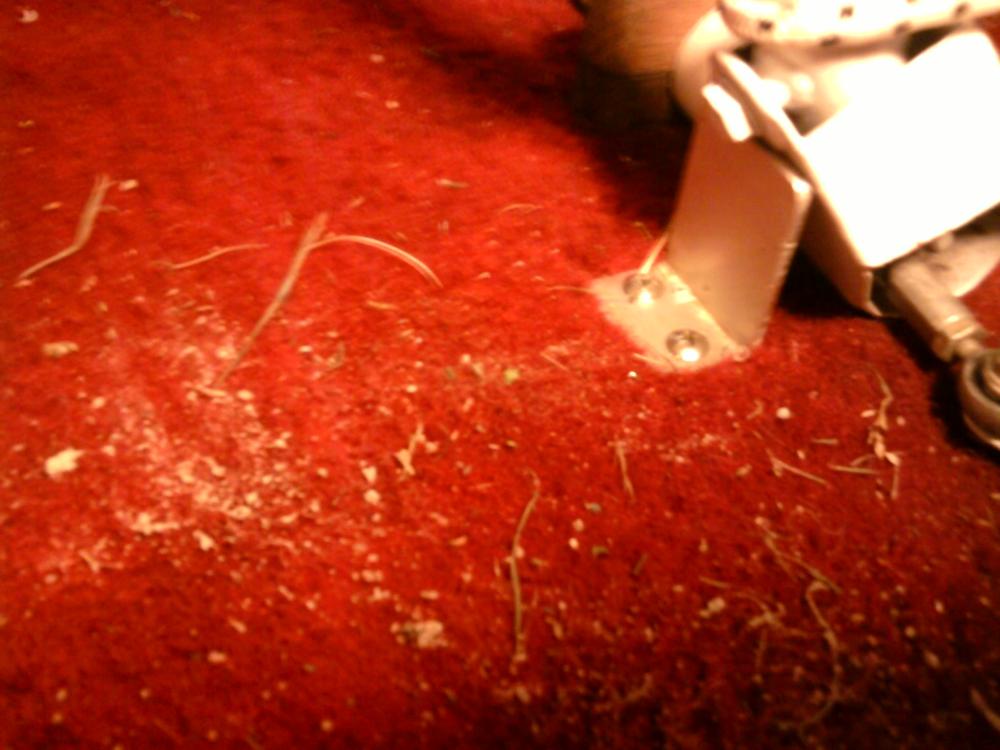
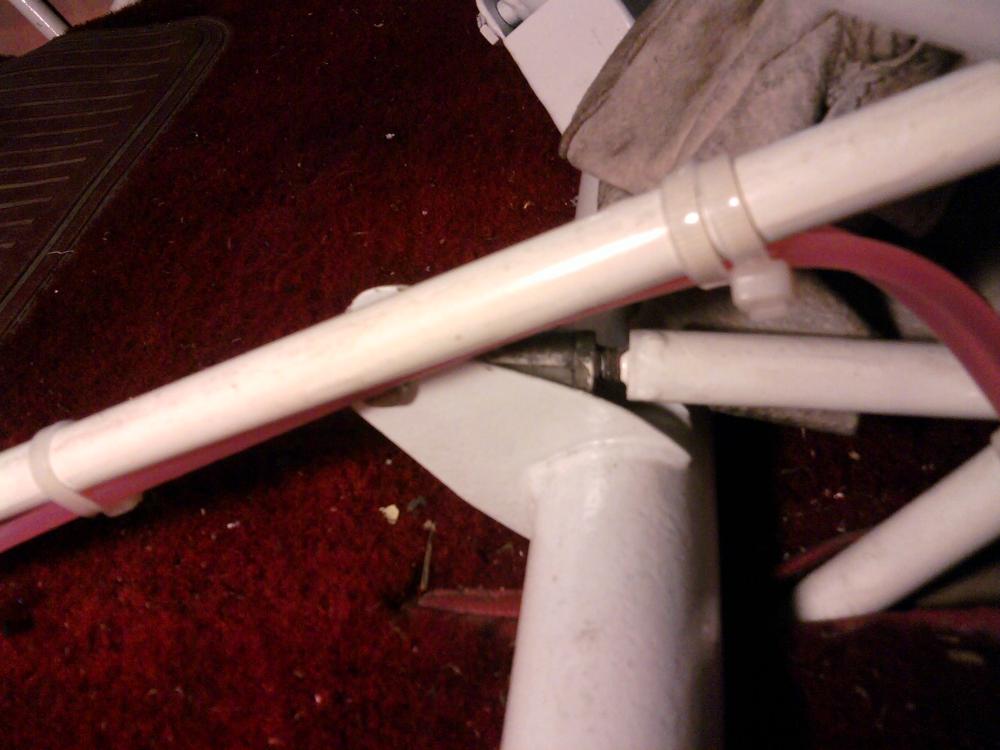
Yamaha 4 stroke engines for sale
in For Sale and wanted, you got it, I want it
Posted · Edited by MN Kitfox 2
Sound like great deals to me! There would be some extra parts to buy on ebay, but only a few hundred dollars worth.
Only concern would be that the motor couldn't really be tested, so a little gamble there.
Note: The 3cyl would be a model that would not work with teal's skytrax kit. Very few of these have been converted, and there is not much support available in converting them (at this date). But I assume this will change soon (see william langford's posts over in the Yamaha Aero Engines Facebook Group)